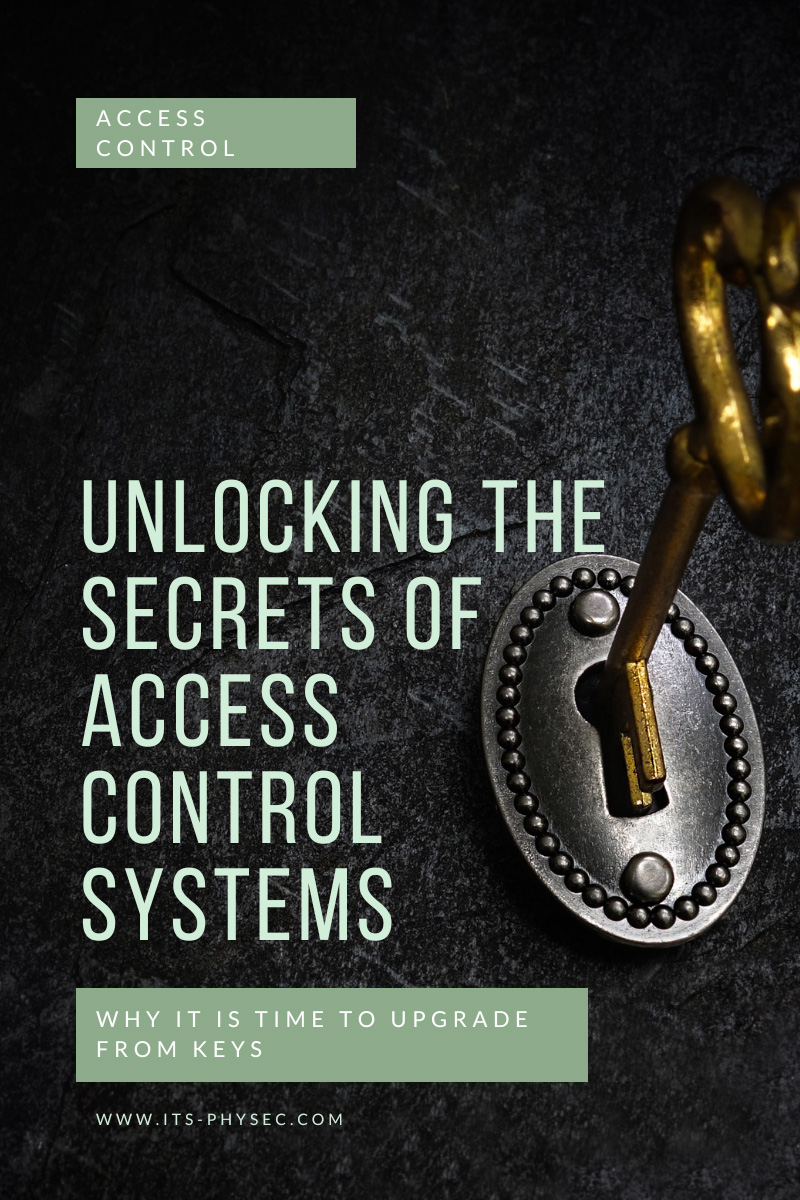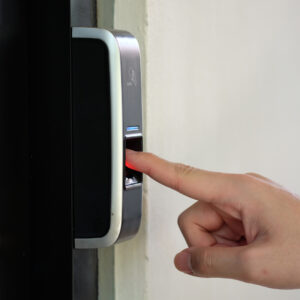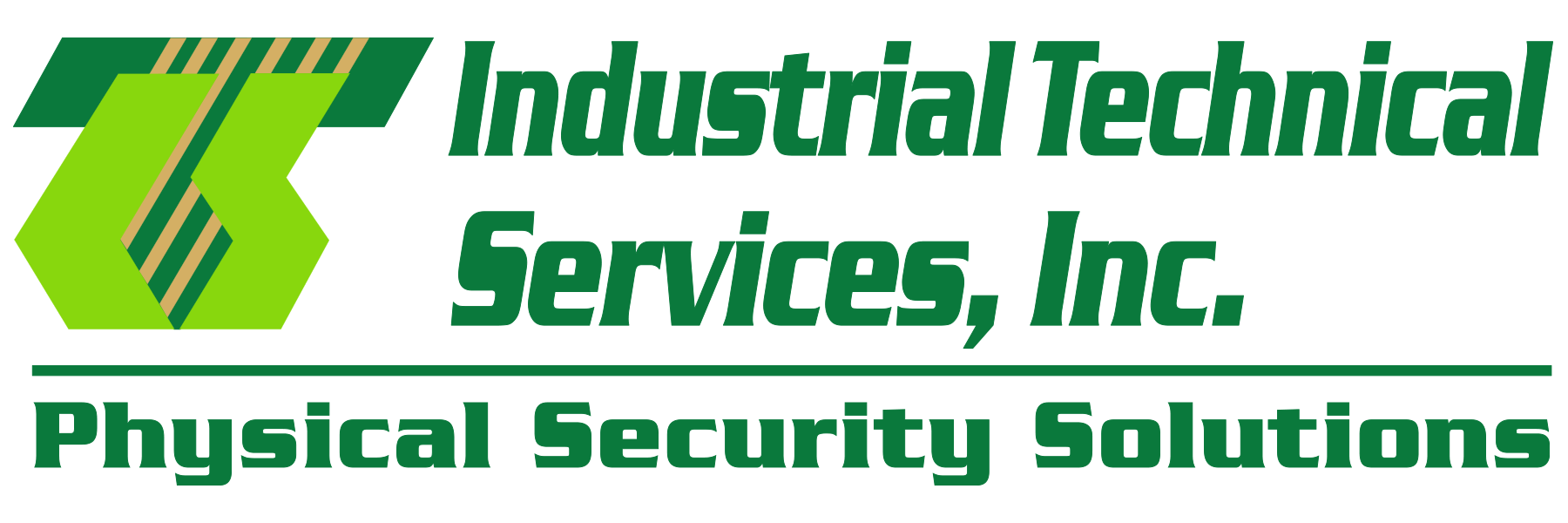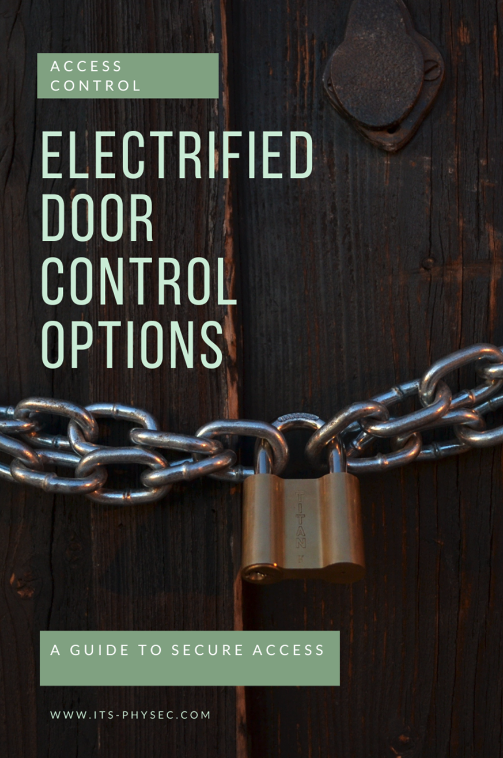
Unlocking The Secrets of Access Control Systems
In today’s world, securing your property and assets is more important than ever. With the rise in criminal activity, it’s essential to ensure that your premises are protected from theft, damage, and unauthorized entry. Access control systems have become a popular solution for businesses and individuals alike, offering advanced security features and unparalleled convenience. Brands such as Openpath, Lenel Onguard, Avigilon ACM, and others offer a range of access control solutions to meet the unique needs of each customer.
Why Use an Access Control System Instead of Keys?
Traditionally, keys were used to lock and unlock doors, providing basic security. However, keys can be lost, copied, or stolen, putting your premises at risk. Access control systems offer a range of advanced security features that traditional keys cannot match. Some of the key benefits of access control systems include:
- Increased Security: Access control systems use advanced technology to secure your premises, including access cards, biometric readers, and proximity readers. These systems are much harder to bypass than traditional locks, providing a higher level of security for your property and assets.
- Convenience: Access control systems allow you to control access to your premises from a central location, making it easy to grant and revoke access as needed. You can also monitor who has entered and exited your premises, providing valuable information in the event of a security breach.
- Cost-Effectiveness: While access control systems may require a higher initial investment, they can save you money in the long run by reducing the need for costly locksmith services and minimizing the risk of theft.
The Main Concepts of Access Control
Access control systems are designed to provide a secure environment for businesses and organizations. To understand how access control systems work, it’s important to understand the three main concepts that make up the foundation of access control security: authorization, authentication, and accountability.
- Authorization: This concept refers to the process of determining who is allowed access to a particular area. Authorization is typically based on a set of predetermined rules and policies, such as the need-to-know principle or the principle of least privilege.
- Authentication: This concept refers to the process of verifying the identity of someone trying to gain access. This can be done through various methods, such as password protection, biometric identification, or smart cards.
- Accountability: This concept refers to the ability to track and monitor access to a facility. This includes keeping records of who accessed a particular area, when they accessed it, and what actions they took while inside. This information can be used for audit purposes, or to determine if any unauthorized access has taken place.
These three concepts work together to provide a comprehensive and secure access control system that can keep facilities safe and secure. Whether it’s through using access cards, biometric readers, or multi-technology readers like the OpenPath Smart Reader, these concepts are critical to the effective operation of access control systems.
What is an Access Control System?

An access control system is a security measure used to control access to a building or facility. It uses a combination of hardware and software to regulate who is allowed to enter and exit the property, and when. The main elements of an access control system are:
Hardware Devices: This hardware includes:
- Door Controllers: The door controller is the brain of the access control system. It manages the communication between the access cards and the locks, and ensures that only authorized individuals are allowed to enter the property.
- Credentials: Access cards or tokens are used to grant access to the property. They typically contain a magnetic strip or a chip that holds information about the cardholder. Access cards are programmed to grant access to specific areas within the property, and can be easily revoked if needed.
- Readers: There are several types of readers available, each with its own advantages and disadvantages. These include:
- Proximity Readers: Proximity readers use radio frequency technology to communicate with access cards. When an access card is presented to the reader, it sends a signal to the door controller to open the lock. Proximity readers are convenient as they do not require physical contact between the reader and the access card.
- Multi-technology Readers: Multi-technology readers are a type of access control reader that can use a variety of technologies to grant access, such as magnetic stripes, barcodes, proximity cards, or even smartphones. This type of reader provides flexibility and convenience, allowing users to use the technology that is most convenient for them. The OpenPath Smart Reader is a prime example of a multi-technology reader. This reader provides users with the versatility to enter a secure location either with a conventional access badge or by using their smartphone as a form of identification. This gives users the flexibility to choose the most convenient method for them. Furthermore, the OpenPath Smart Reader works in conjunction with the OpenPath security platform, enabling real-time access control and management.
- Biometric readers: They use physical characteristics, such as fingerprints or facial recognition, to authenticate users. Biometric data is stored on a card or in a database, allowing for quick and secure access.
- Biometric on Card: One example of a biometric reader is the Sentry Card by Sentry Enterprises. This system combines the convenience of a biometric reader with the security of a smart card. The biometric information is stored on the card, eliminating the need for a separate database and providing an added layer of security. The use of biometric on card also ensures that access can only be granted to the authorized user, further increasing security.
- Electrified Door Hardware: These are door components that are powered by electricity and used in an access control system. These components are integrated into the door to control access and improve security. These components work together to provide secure access control for doors and help to prevent unauthorized entry. They can be integrated with other security measures, such as cameras and alarm systems, to enhance overall security. The following are some of the key components of electrified door hardware:
- Electric strikes: An electric strike is a device that releases a door lock when power is applied. It is used in conjunction with an access control reader, such as a card swipe or biometric scanner, to grant access.
- Electric locks: An electric lock is a lock that is powered by electricity and operates automatically. It can be controlled by an access control system to grant or deny access.
- Magnetic locks: A magnetic lock uses an electromagnet to hold the door closed, and can be released by the access control system.
- Request-to-exit (REX) buttons: A REX button is used to allow people to exit the building in case of an emergency. When a REX button is pressed, the access control system temporarily releases the lock, allowing the door to be opened.
- Power supplies and backup batteries: Electrified door hardware requires a power supply to operate. Backup batteries can be used to provide temporary power in the event of a power outage.
Advantages of Access Cards
Access cards are a key component of access control systems, providing a convenient and secure way to grant and revoke access. Access cards can be programmed to work with specific doors and gate systems, allowing you to control who has access to your premises. Some of the key advantages of access cards include:
- Convenience: Access cards are easy to use, making it simple for authorized individuals to enter and exit your premises.
- Security: Access cards are difficult to duplicate or forge, providing a high level of security for your property and assets.
- Cost-Effectiveness: Access cards are an affordable way to secure your premises, reducing the need for expensive locks and keys.
Should I Choose an Access Control System or a Smart Lock?
Access control systems offer a range of features that are not available in smart locks. For example, with an access control system, you can control who has access to different parts of your facility and when they have access. You can also monitor and track who enters and exits your building and receive alerts for unauthorized access attempts. Additionally, access control systems can be integrated with other security systems such as cameras and fire alarms, providing a comprehensive security solution.
On the other hand, smart locks are often limited to controlling access to a single door. They may also be vulnerable to hacking and other security threats, as they rely on Bluetooth or Wi-Fi connections to communicate with the lock. In contrast, access control systems use encrypted communication and secure credentials, such as access cards or biometric readers, to grant access.
At then End of the Day it is About Convenience, Security and Saving Money
Access control systems provide a secure and convenient way to manage access to a facility. With the integration of advanced technology, such as biometric readers and multi-technology access badges, access control systems have become increasingly user-friendly and customizable. Brands like OpenPath, Lenel Onguard, and Avigilon ACM offer top-of-the-line access control solutions, each with its own unique features and capabilities. By understanding the main elements of an access control system, the three main concepts of access control, and the advantages of access control, you can make an informed decision about the best access control solution for your needs. Whether you’re looking for increased security, convenience, or cost-effectiveness, an access control system is the way to go.

